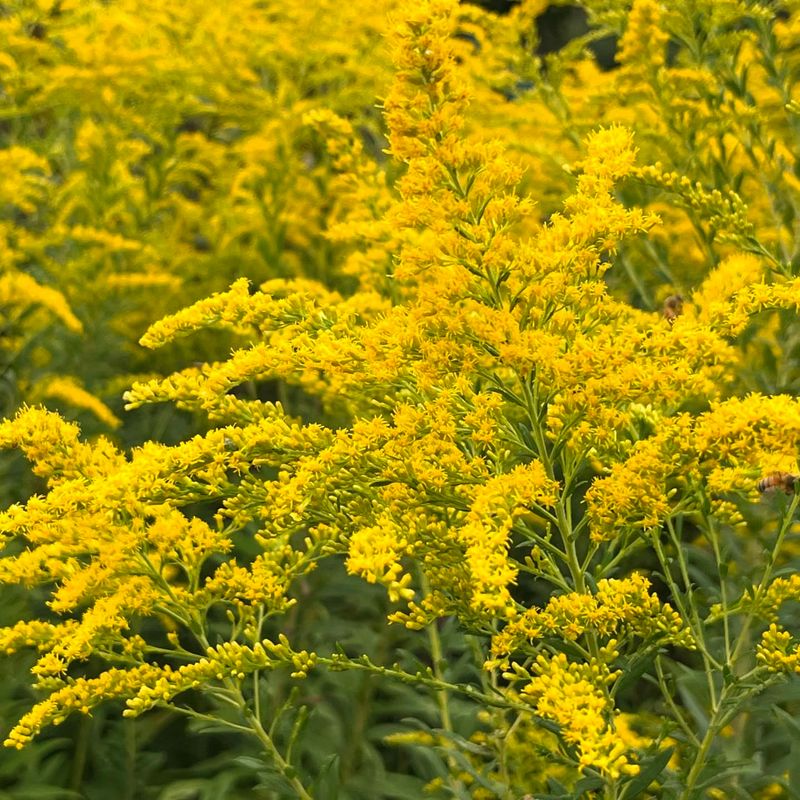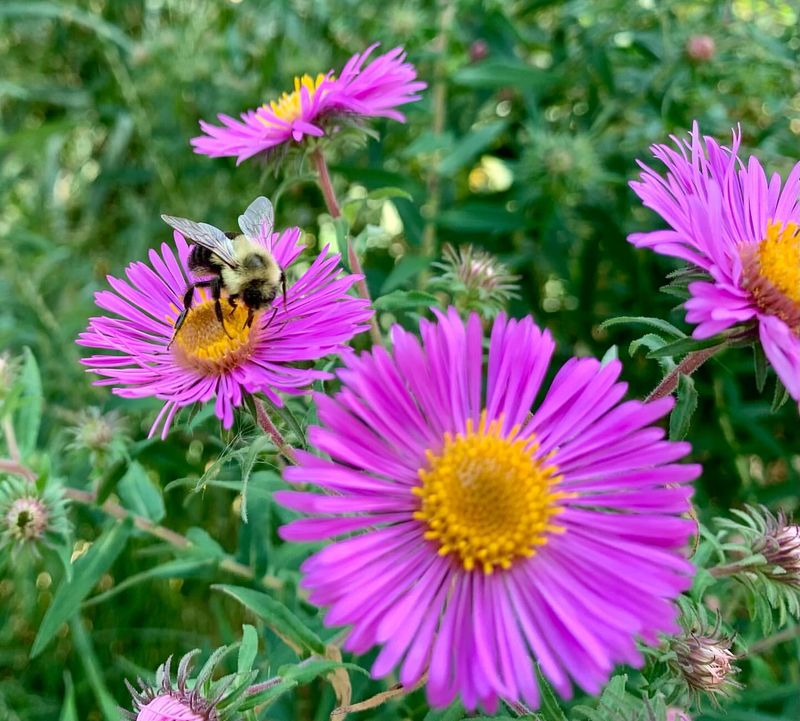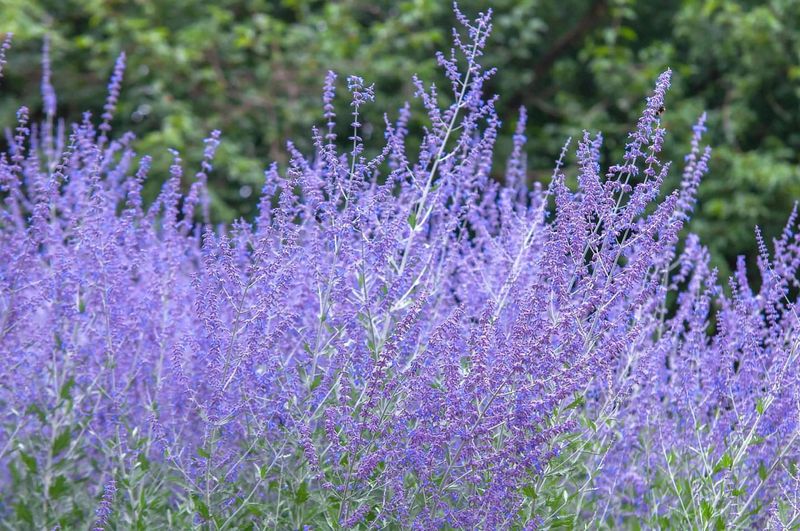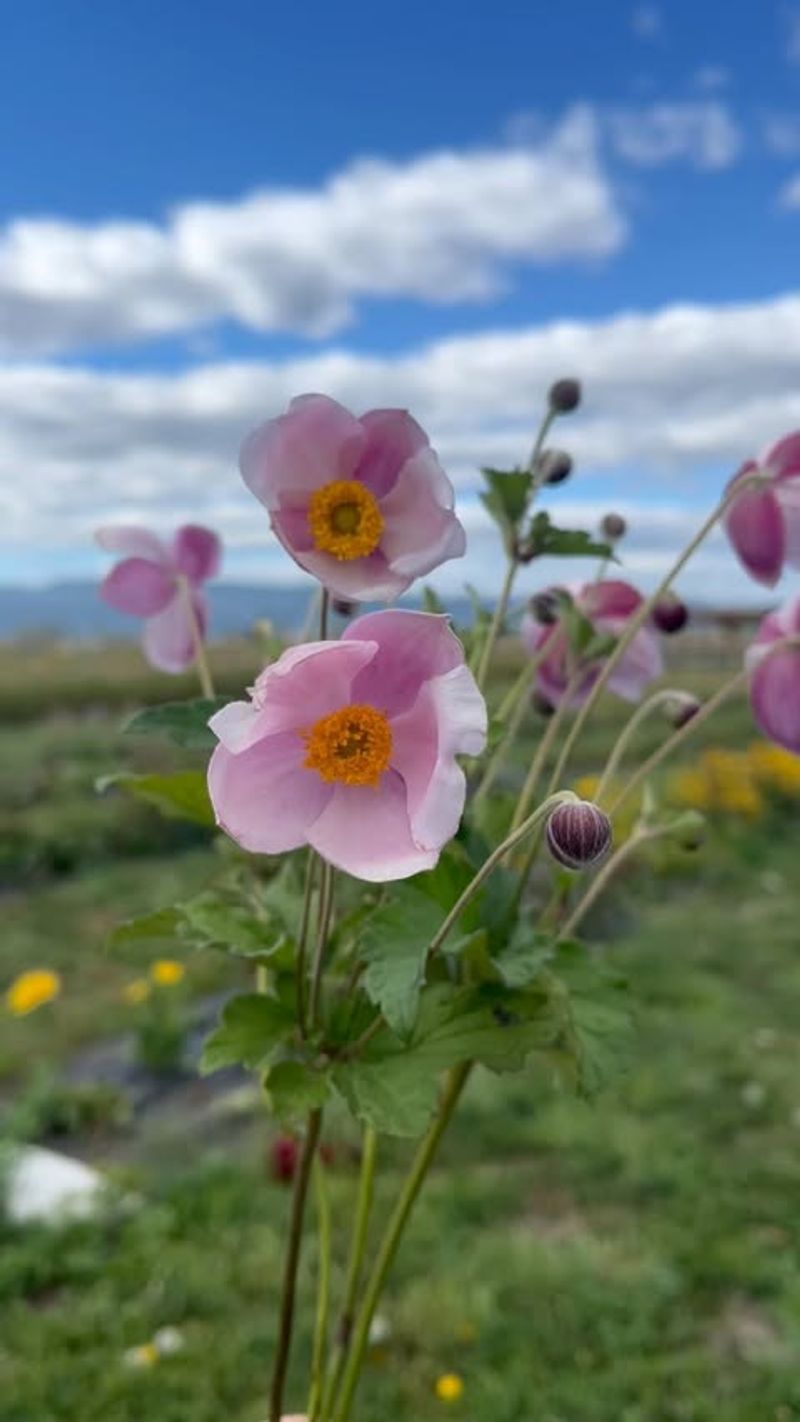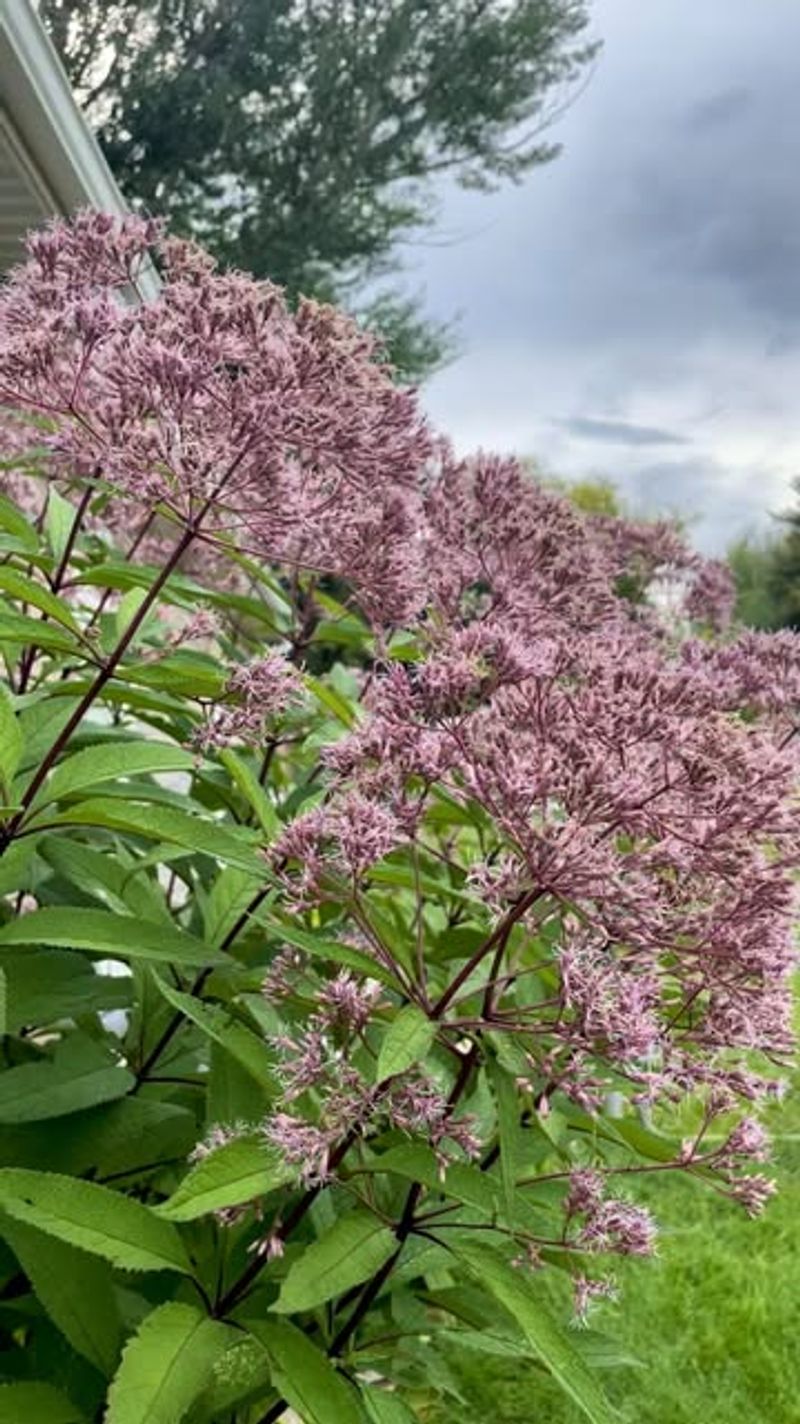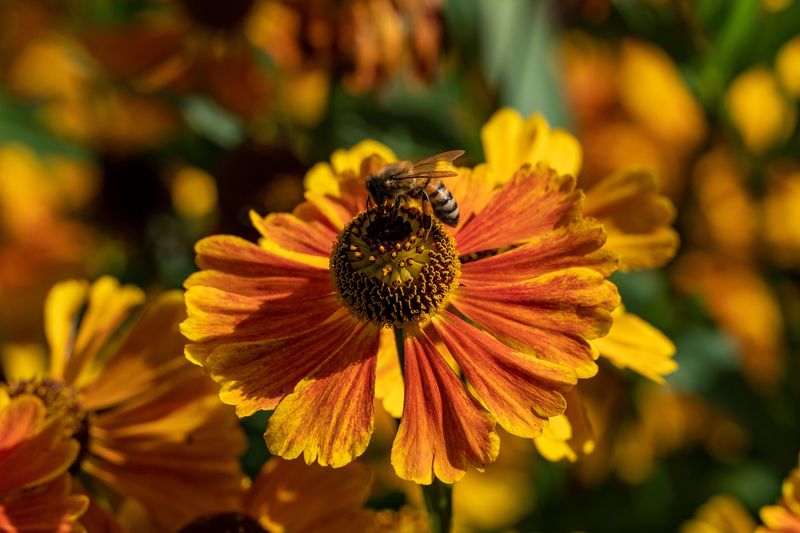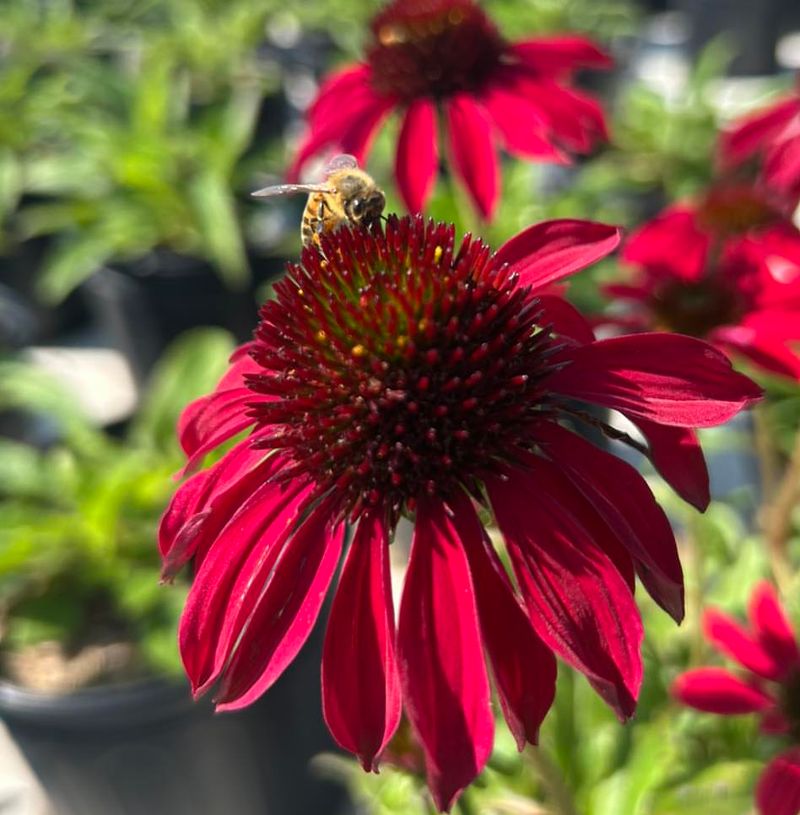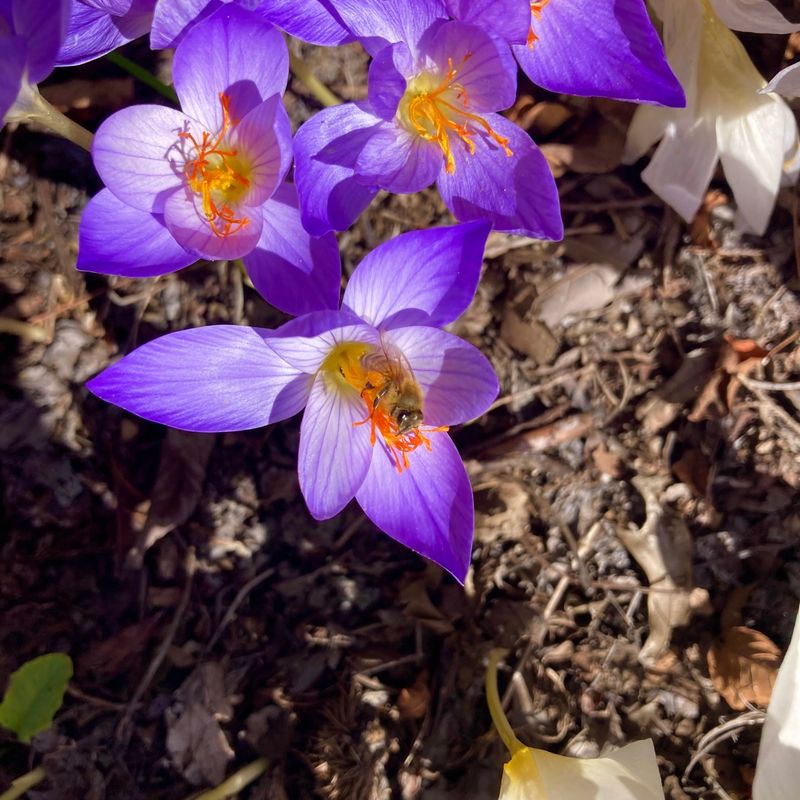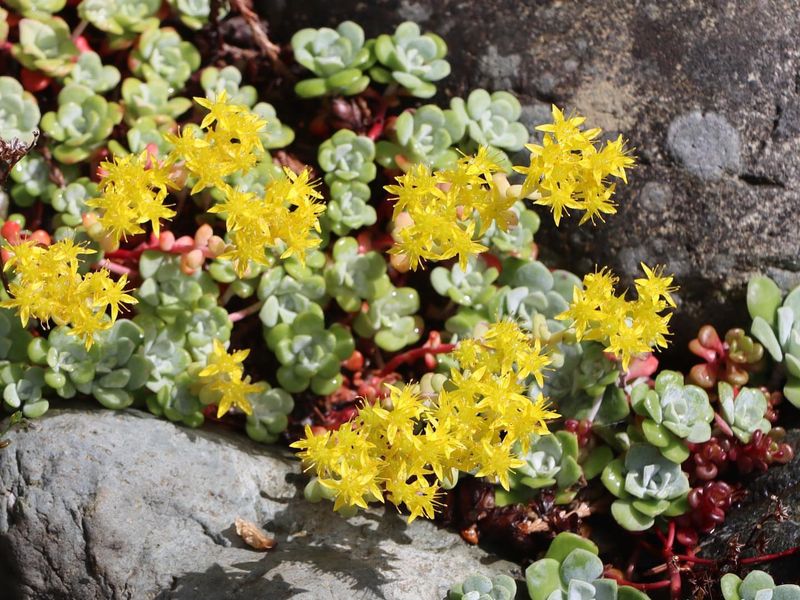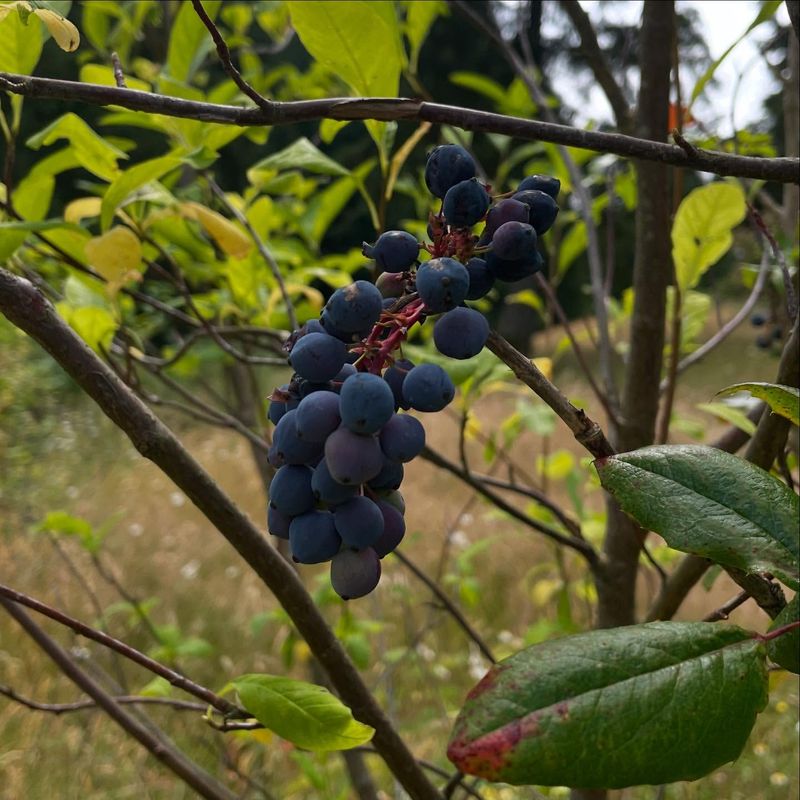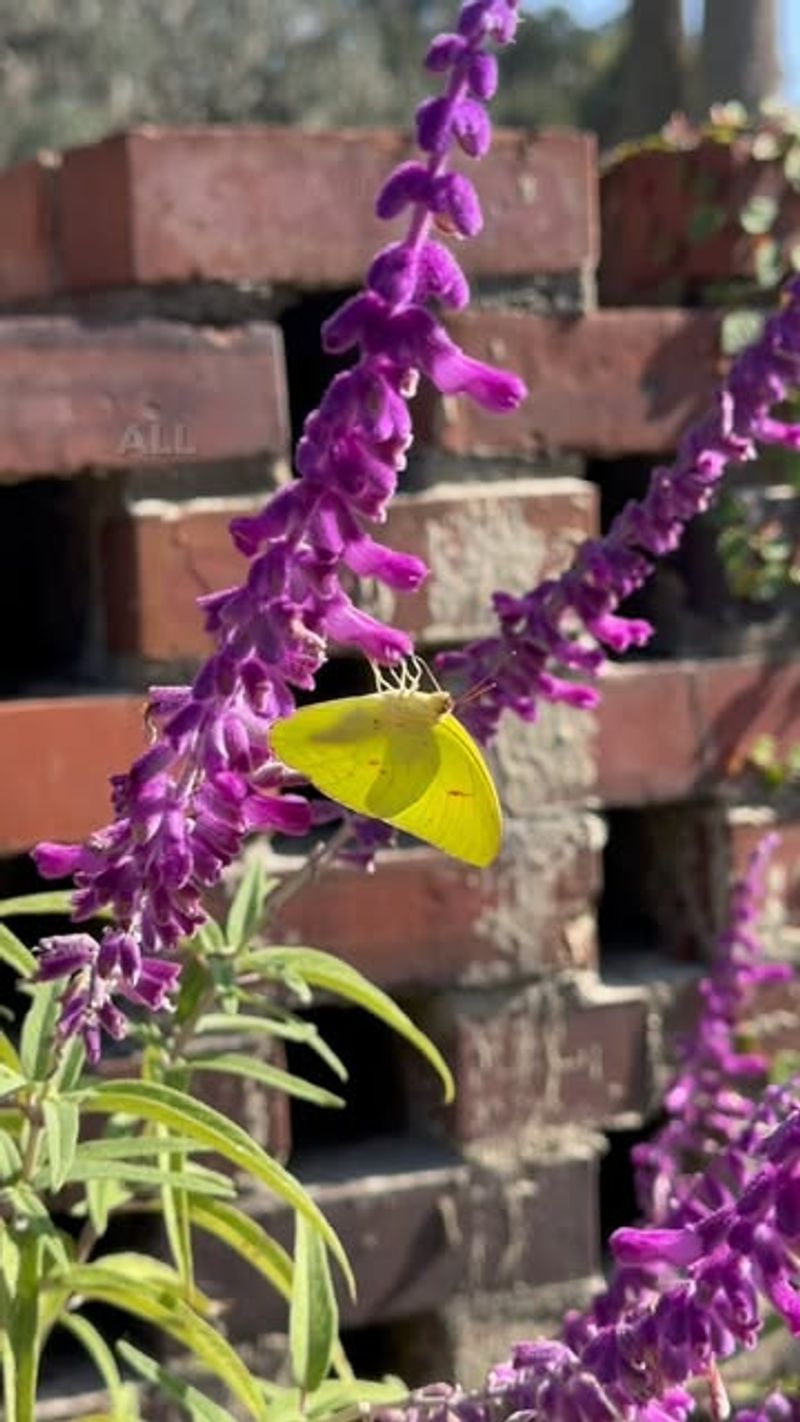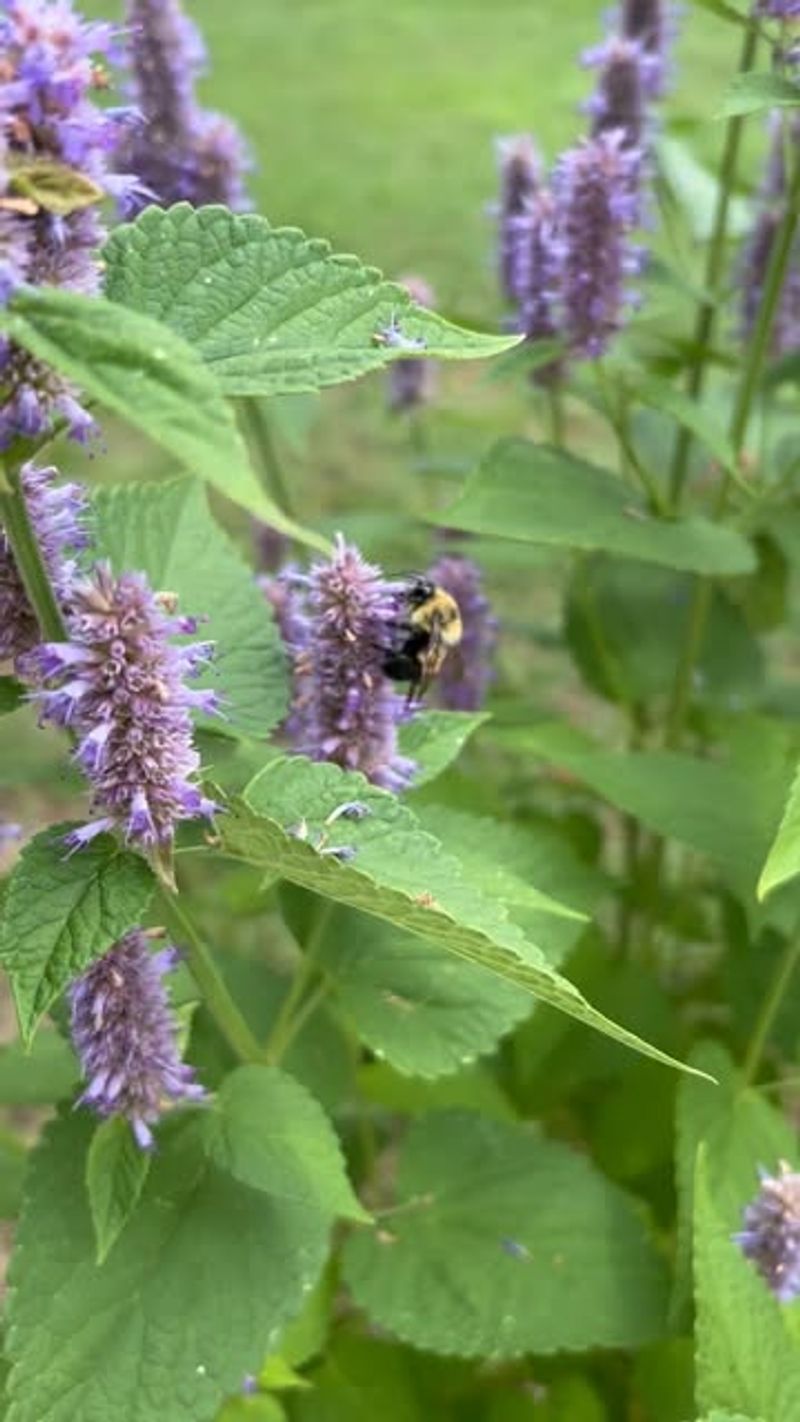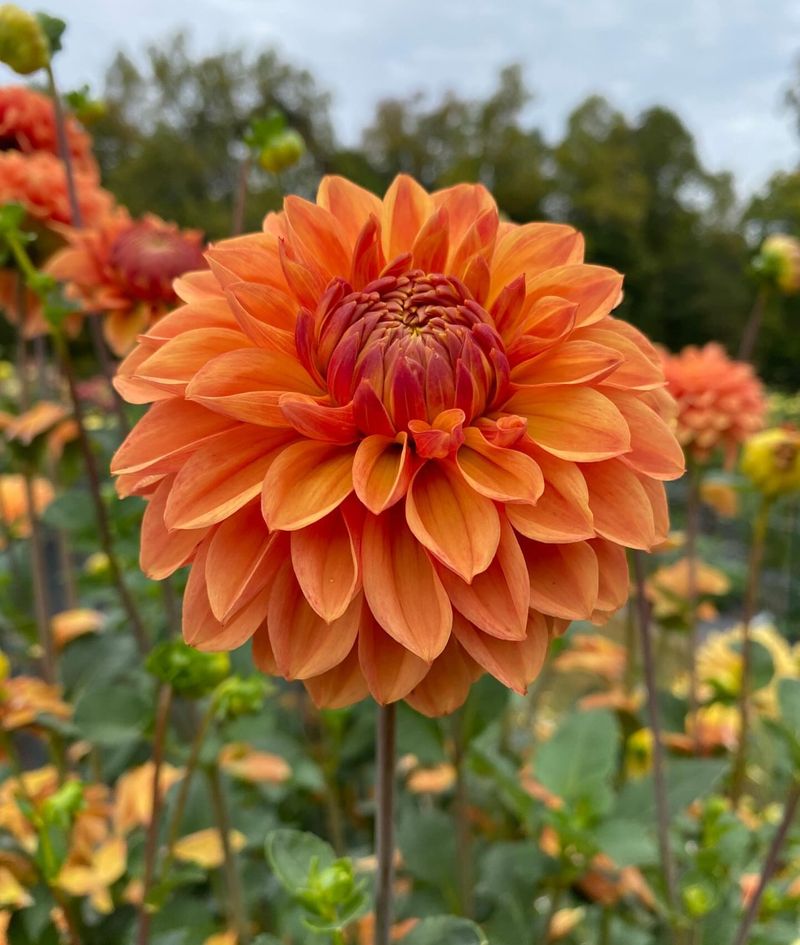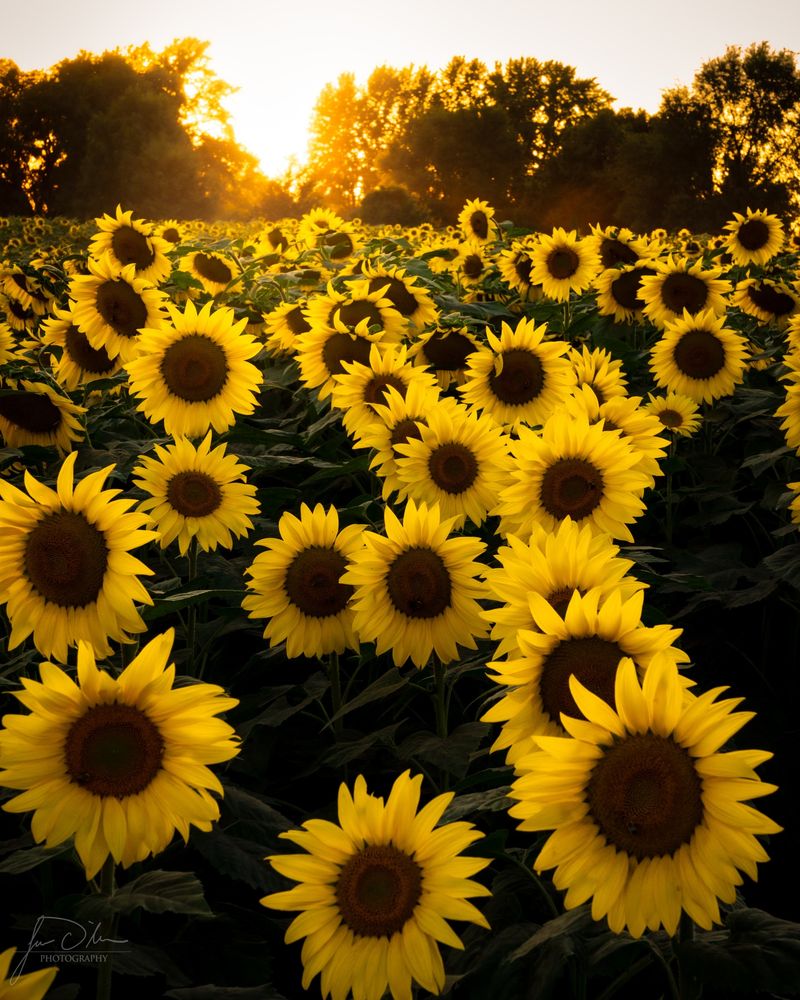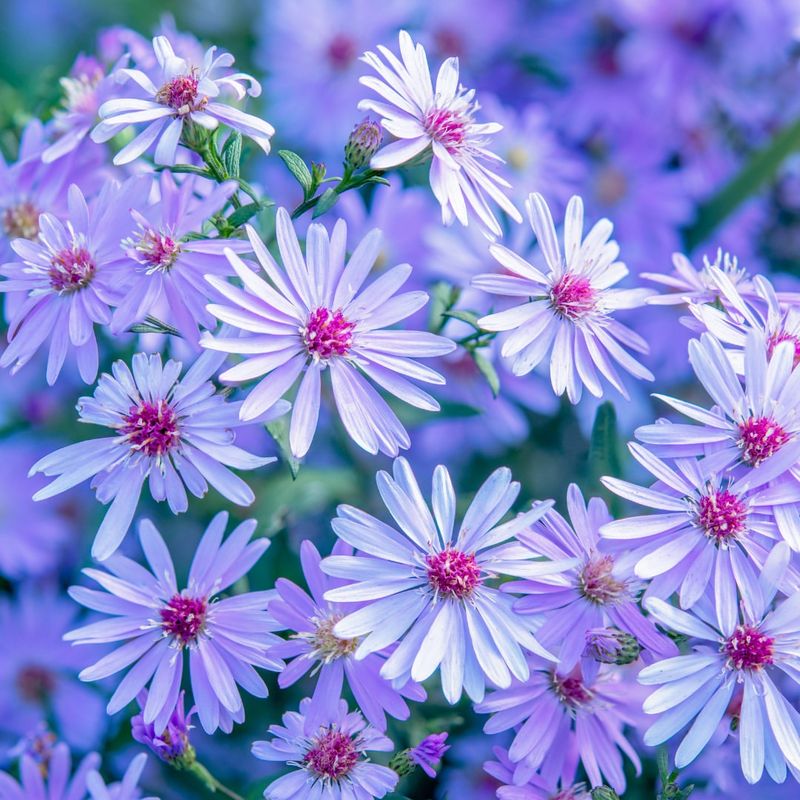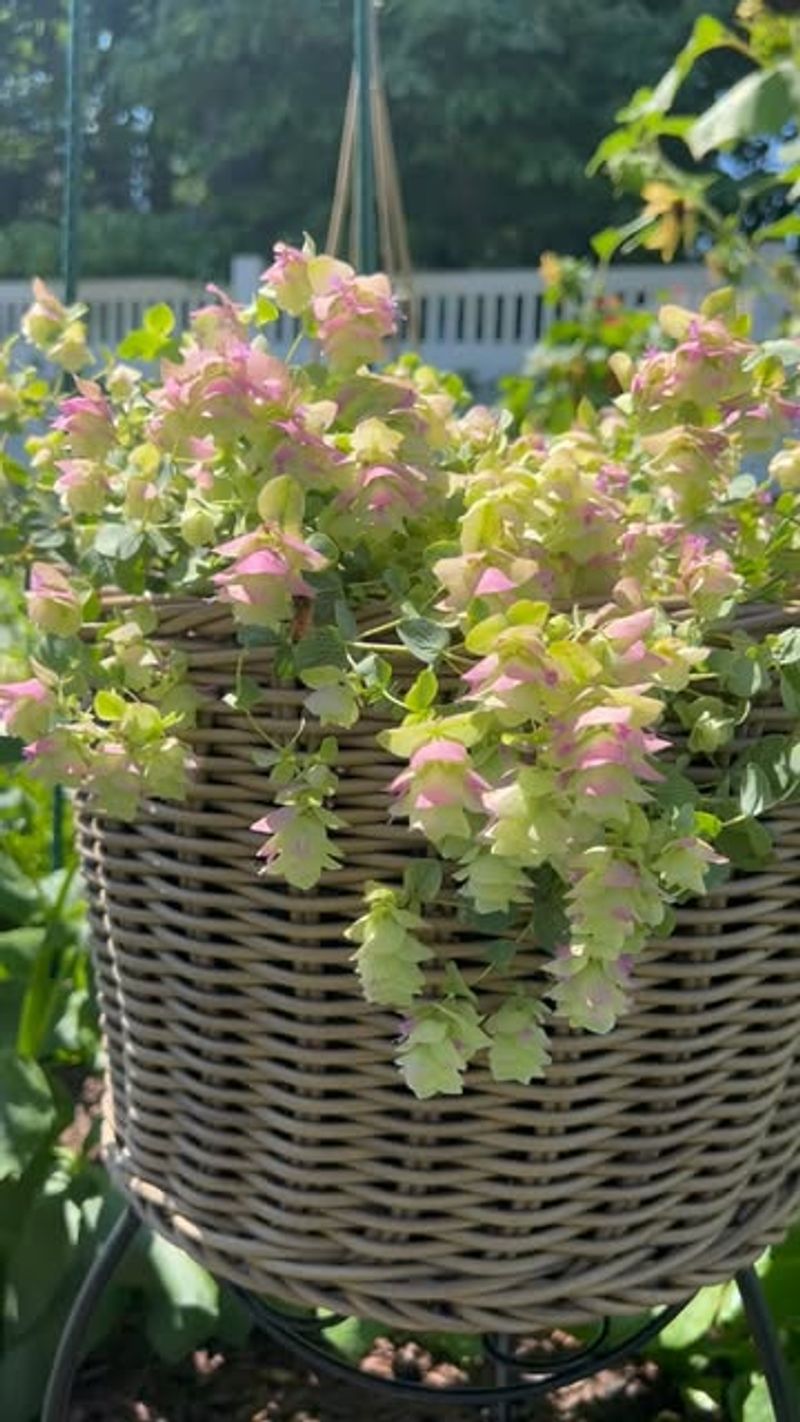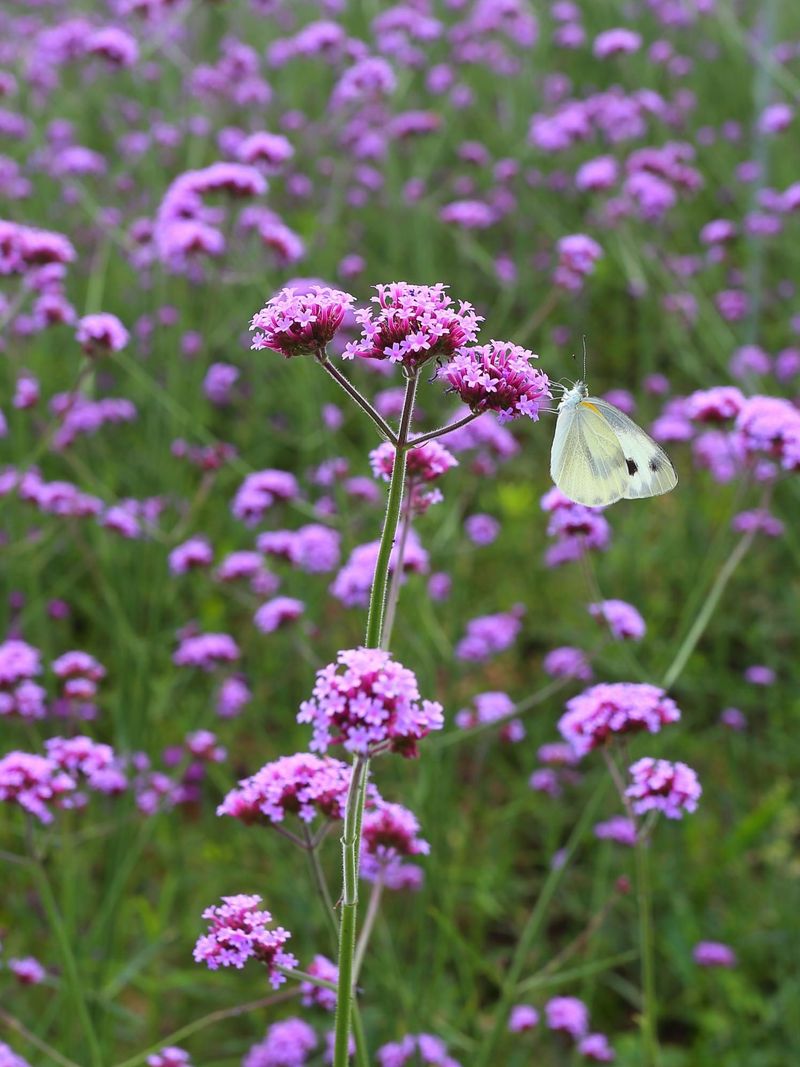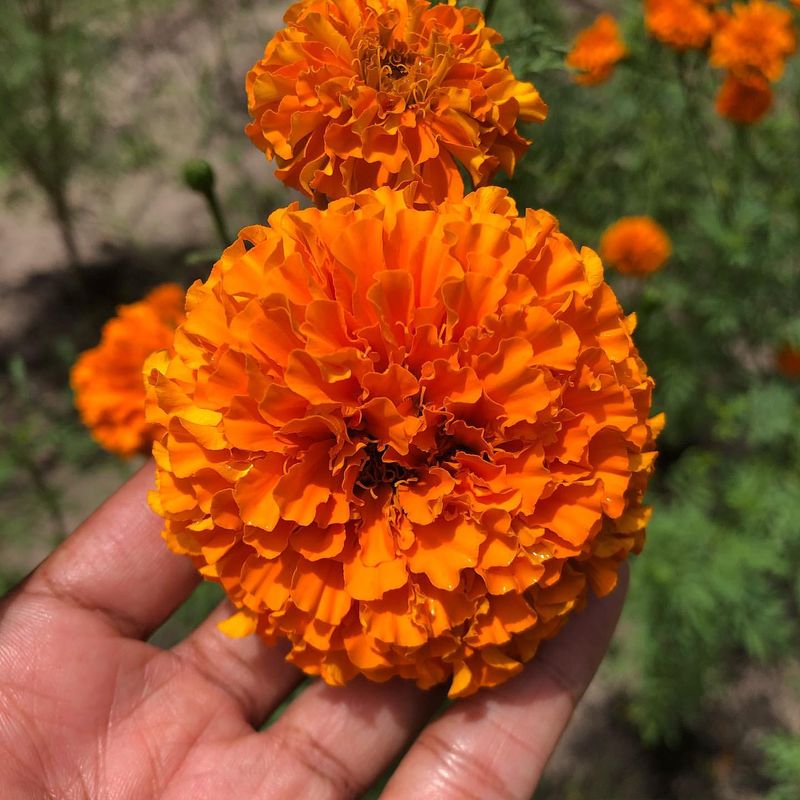Just because summer’s winding down doesn’t mean your garden has to go quiet. In Washington State, these late-season flowers are still buzzing with life. Bees, butterflies, and hummingbirds love them—and they’ll keep your yard colorful and alive well into fall.
If you want to give pollinators one last feast and keep the blooms going strong, these plants are your go-to picks.
1. Sedum ‘Autumn Joy’
Clusters of tiny star-shaped flowers transform from pale pink to deep russet as the season progresses. Bees absolutely swarm to these sturdy plants!
The flat flower heads provide perfect landing pads for butterflies and smaller pollinators. Hardy in all Washington regions, sedums thrive in poor soil and drought conditions once established.
Plant several in sunny spots for a pollinator buffet that lasts from August through October.
2. Goldenrod
Forget the myth about goldenrod causing allergies—that’s actually ragweed! Goldenrod’s bright yellow plumes create a golden glow in late summer gardens while attracting countless bees and butterflies.
Native varieties like Solidago canadensis grow throughout Washington, providing essential late-season pollen. The deep yellow flowers stand tall against autumn’s first frosts.
Consider planting in naturalized areas where they can spread freely without overwhelming smaller garden plants.
3. New England Aster
Vibrant purple daisy-like blooms create spectacular autumn color while supporting dozens of pollinator species. Butterflies particularly favor these native stars of the fall garden.
Growing up to 6 feet tall in ideal conditions, these robust perennials thrive in both eastern and western Washington. The nectar-rich flowers appear just when monarch butterflies begin their migration south.
Plant in full sun with moderate moisture for best flowering from September through October.
4. Russian Sage
Misty lavender spires continue blooming long after summer flowers have faded. The aromatic silvery foliage complements the pale purple flowers that bees find irresistible.
Exceptionally drought-tolerant once established, Russian sage performs beautifully in eastern Washington’s dry climate. The plant’s long blooming period stretches from July all the way through October in most areas.
Give it full sun and well-drained soil for best performance in your pollinator garden.
5. Japanese Anemone
Elegant pink or white blooms dance on tall, wiry stems from August until frost. Unlike many fall bloomers, Japanese anemones thrive in partial shade, making them perfect for woodland gardens.
Bees eagerly visit the simple, open flowers with their prominent yellow centers. The plants spread slowly to form graceful colonies that increase the pollinator value over time.
Western Washington gardeners particularly appreciate their tolerance for moist conditions and cool temperatures.
6. Joe-Pye Weed
Massive dome-shaped flower clusters in mauve-pink tones attract butterflies by the dozens. Native to moist areas throughout Washington, this impressive perennial can reach heights of 7 feet!
The vanilla-scented flowers appear in August and continue into October, providing weeks of nectar for pollinators. Despite its unfortunate common name, this is no ordinary weed but a valuable native plant.
Plant in rain gardens or near ponds where it can access consistent moisture.
7. Sneezeweed (Helenium)
Don’t let the name fool you! These cheerful daisy-like flowers in gold, orange, and russet tones don’t cause sneezing but do cause bees to flock to your garden.
The distinctive petals with their notched tips surround button-like centers where pollinators gather pollen. These native perennials perform beautifully in both sides of the Cascade mountains.
Provide full sun and average moisture for weeks of colorful blooms from August through October.
8. Echinacea (Coneflower)
Sturdy pink-purple flowers with distinctive spiky centers keep blooming well into fall. Many gardeners leave the seedheads standing through winter to feed birds while adding architectural interest to the garden.
Newer varieties offer sunset colors from yellow to orange and red. Butterflies, bees, and even hummingbirds visit these drought-tolerant native perennials.
Plant in groups of at least three in full sun locations throughout Washington for maximum pollinator appeal.
9. Autumn Crocus
Surprising lilac-pink blooms emerge directly from the ground in September and October, long after spring crocus have been forgotten. These unusual flowers appear without leaves, creating a magical effect in the fall garden.
Bees eagerly gather the abundant pollen from the prominent orange stamens. Unlike true crocus, these are actually in the lily family and contain beneficial compounds that researchers are studying.
Plant bulbs in late summer for fall flowers that same year.
10. Stonecrop Sedum
Low-growing carpets of succulent foliage burst into starry pink, white, or yellow flowers in late summer. Unlike their taller cousin ‘Autumn Joy,’ these groundcover sedums create pollinator highways at ankle level.
The nectar-rich flowers attract tiny native bees and hover flies that are often overlooked but vital pollinators. Extremely drought-tolerant, they’re perfect for rock gardens and green roofs throughout Washington.
Plant along pathways where you can observe the fascinating pollinator activity up close.
11. Oregon Grape
While known for spring flowers, this native evergreen shrub offers berries that persist into fall, attracting late-season pollinators and birds. The blue-black fruits provide crucial nutrition when other food sources become scarce.
The glossy holly-like leaves turn bronzy-purple in cold weather, adding winter interest. Both tall (Mahonia aquifolium) and low (Mahonia nervosa) varieties thrive in Washington’s woodland gardens.
Plant in groups under deciduous trees for year-round wildlife value.
12. Toadflax (Linaria)
Delicate snapdragon-like flowers in purple, yellow, or pink continue blooming until hard frost. The slender stems and narrow leaves give this plant an airy appearance in the fall garden.
Bumblebees particularly love these flowers, as their weight opens the hinged lower lip to access nectar inside. Though some varieties can be aggressive self-seeders, they’re easily managed and worth including for their late-season pollinator value.
Plant in well-drained soil in full sun throughout Washington.
13. Mexican Bush Sage
Velvety purple flower spikes emerge in profusion just as summer fades, creating a dramatic display that hummingbirds find irresistible. The silvery foliage provides beautiful contrast to the rich flower color.
In western Washington, this tender perennial often survives mild winters with good drainage. Eastern Washington gardeners may need to treat it as an annual or provide winter protection.
Worth the effort either way, as few plants offer such magnificent late-season blooms for pollinators.
14. Anise Hyssop
Spikes of tiny lavender-blue flowers emit a delightful licorice scent that attracts bees from far and wide. Native to North America, this durable perennial blooms from midsummer through October.
The edible flowers and leaves make delicious tea, while pollinators enjoy the abundant nectar. One plant can host dozens of bees simultaneously during peak bloom!
Grows easily throughout Washington in full sun to light shade, tolerating both dry and moist conditions.
15. Dahlia
From dinner-plate sized blooms to petite pompoms, dahlias offer endless variety while flowering abundantly until frost. Single-flowered varieties with open centers provide the best access to pollen and nectar for bees and butterflies.
Western Washington’s cool summers create perfect conditions for these stunning flowers. The blooms intensify in color as nights grow cooler in September and October.
Plant tubers in spring and deadhead regularly to encourage continuous flowering into late fall.
16. Sunflower
Late-planted sunflowers reach their golden glory in September, creating towers of pollen-rich food for bees. The massive flower heads contain hundreds of individual florets, each offering nectar and pollen.
Native bees particularly value these abundant food sources as they prepare for winter. Even after flowering, the seed heads feed birds and other wildlife well into winter.
For continuous late blooms, plant a succession of seeds every few weeks through July in sunny spots.
17. Michaelmas Daisy
Clouds of small daisy flowers in purple, pink, or white create a dreamy effect in the autumn garden. These traditional favorites earned their name by reliably blooming around Michaelmas (September 29th).
A type of aster, they attract countless butterflies and bees with their simple, accessible flowers. The plants form substantial clumps that increase in size and bloom power each year.
Grow in full sun throughout Washington for weeks of pollinator activity from September through October.
18. Oregano
Allow herb garden oregano to flower and you’ll be rewarded with tiny pink blooms that bees adore. The flowers appear in late summer and continue well into fall if not cut back.
Different from culinary varieties, ornamental oreganos like ‘Kent Beauty’ produce showier blooms with the same pollinator appeal. These aromatic flowers dry beautifully on the plant, extending their ornamental value.
Plant in the poorest, driest spot in your garden for best flowering and strongest flavor.
19. Verbena bonariensis
Tall, airy stems topped with small purple flower clusters create a see-through effect that adds depth to fall gardens. Butterflies perch on these flowers as if they’re floating in mid-air!
Despite its delicate appearance, this verbena is surprisingly tough, often surviving Washington winters to bloom again the following year. The self-seeding habit ensures continuous performance without becoming invasive.
Plant among sturdier late bloomers where the slender stems can weave between companions.
20. Marigold
Often overlooked as common bedding plants, marigolds provide crucial late-season pollen when planted in summer for fall blooming. The bright orange and yellow flowers contain compounds that actually improve soil health.
Native to the Americas, these cheerful annuals attract beneficial insects that help control garden pests. Newer varieties with open centers allow better pollinator access than fully double types.
Plant throughout Washington for reliable color and pollinator support until hard frost.



